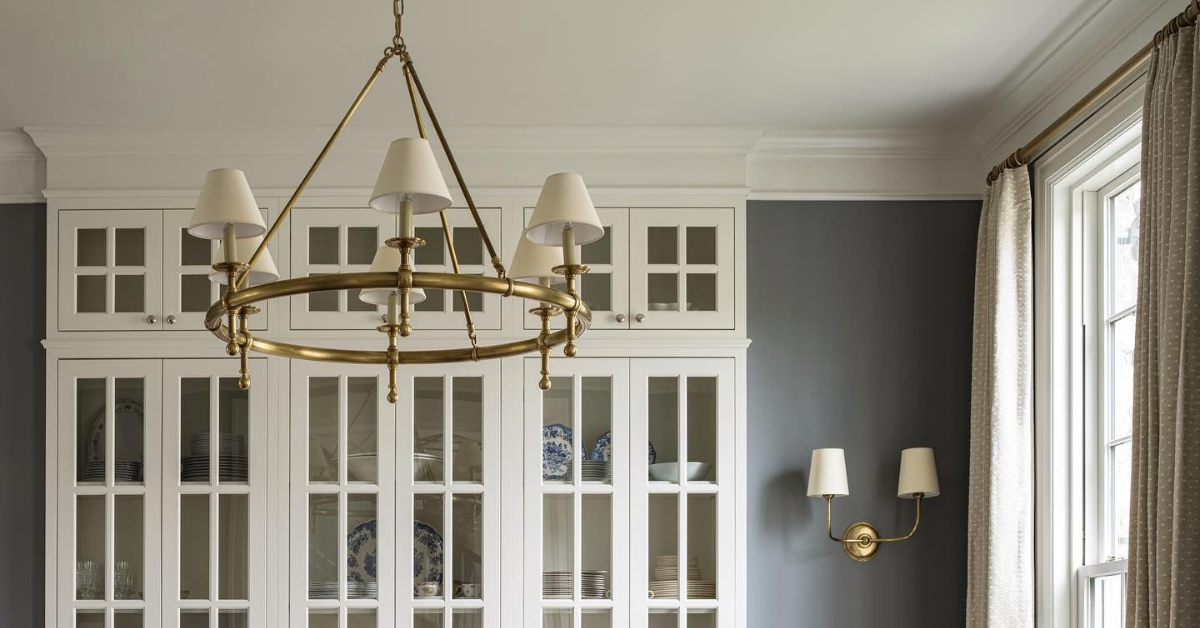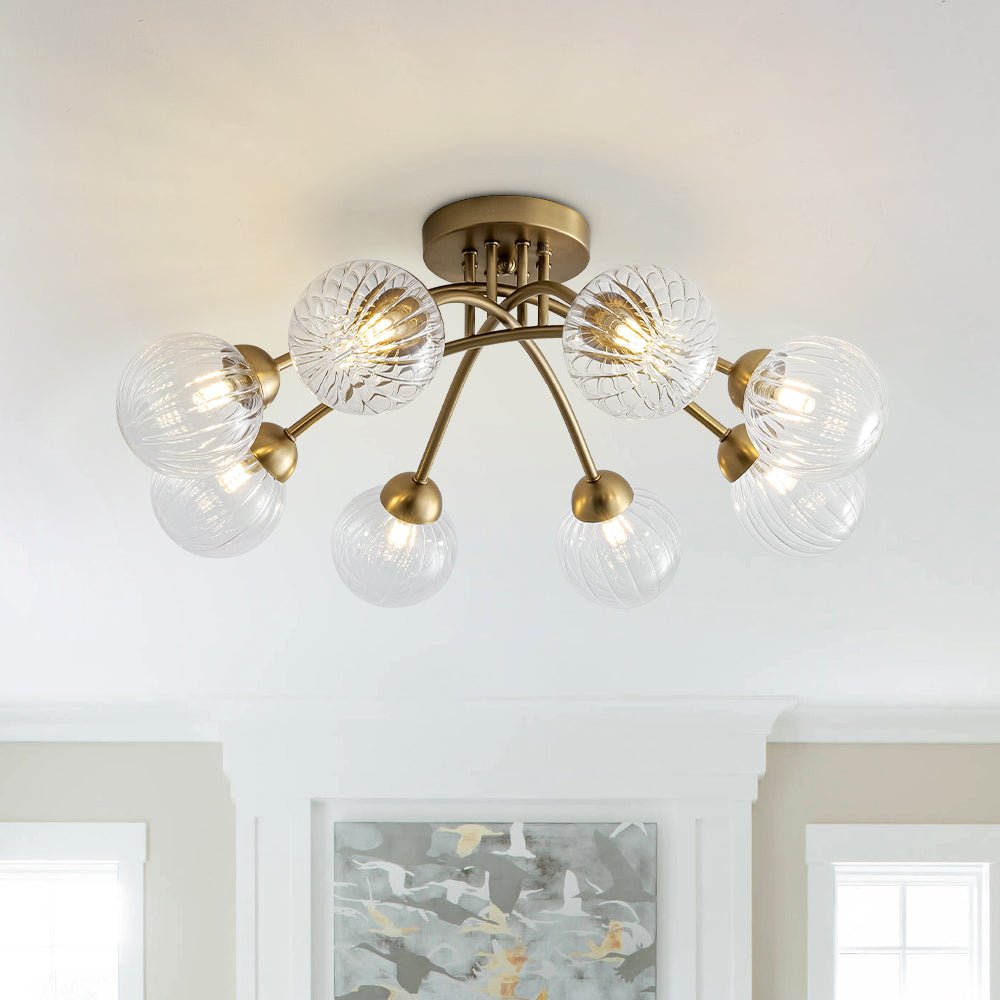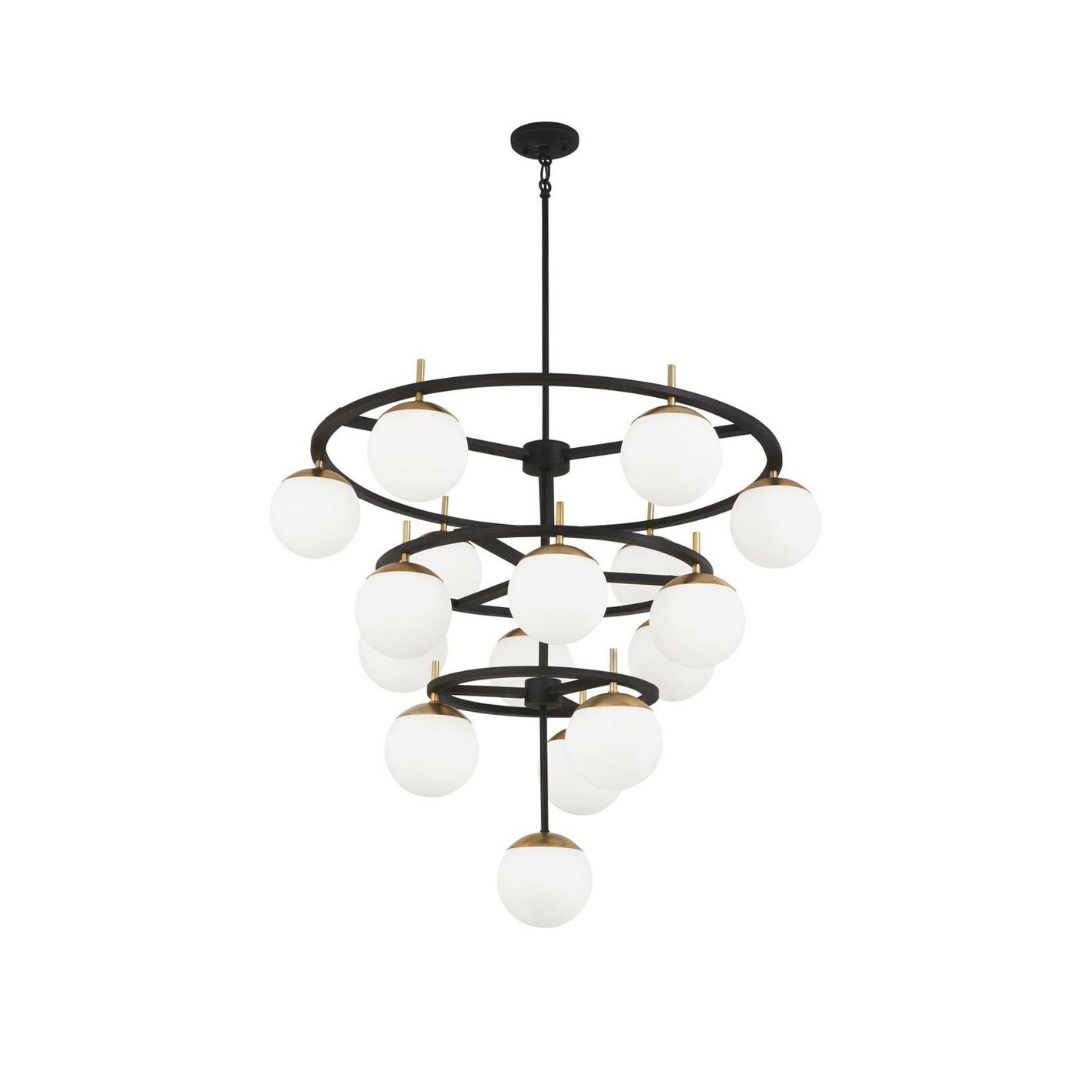1) CCT basics (Kelvin)
CCT describes how warm or cool white light appears. Lower K looks amber; higher K looks cooler. Typical LED options are 2700K, 3000K, 3500K, and 4000K. Keep adjacent zones within one step (e.g., 2700K next to 3000K) to avoid a patchwork look.
2) CRI and R9 (why they matter)
CRI rates color fidelity from 0–100. High CRI helps fabrics, finishes, and skin look natural. R9 targets deep reds; higher R9 improves complexions, woods, and food presentation. For homes, CRI 90+ with decent R9 is a smart baseline; go CRI 95+ if you care about art, makeup, or photography.
3) Room-by-room picks
Living/Family Room
2700–3000K, CRI 90+. Warm-dim fixtures excel for evening scenes.
Dining Room
2700K for flattering, restaurant-like tone. Pair with dimmers.
Bedroom
2700K to wind down; add a 3000–3500K task lamp if needed.
Kitchen
Ambient 3000K; task (island/under-cabinet) 3000–3500K. Some cooks prefer 4000K for crisp prep light. Keep CRI 90+ and good R9 for accurate food color.
Home Office/Study
3500–4000K to stay alert and reduce eye strain. Choose flicker-free drivers.
Bathrooms
3000–3500K, CRI 90+ with strong R9 at the vanity for natural skin tones.
Hallways/Foyer/Stairs
2700–3000K for a welcoming, cohesive feel.
Closets/Laundry/Utility
3000–4000K for true clothing colors and easy stain spotting.
Garage/Workshop
4000K for clarity on tools and surfaces.
Outdoor (Residential)
2700–3000K reads warm and upscale on façades and landscapes.
4) Dimming and controls (US specifics)
Match the dimmer type to the driver: many integrated LEDs work best with ELV; retrofit bulbs often use TRIAC. Warm-dim shifts warmer as you dim. Tunable white lets you set 2700–5000K by time or activity. Always consult the manufacturer’s compatible dimmer list.
5) Buying checklist
Marked CCT (2700K/3000K/3500K/4000K)
CRI 90+ and, if listed, R9 ≥ 50
Dimmable and dimmer type (TRIAC/ELV/MLV)
Appropriate lumens for the space (don’t judge by watts)
Beam angle if task or accent is needed
UL/ETL listing; wet/damp rating where applicable
For California jobs, confirm JA8/Title 24 if required
6) Quick answers
Is 3000K too cool for living rooms?
Usually no. It’s warm-neutral and modern. If your palette is very warm (oak, brass, terracotta), 2700K may feel cozier.
Will 4000K make my kitchen look blue?
In warm interiors it can read cool. Many US kitchens feel balanced at 3000–3500K; reserve 4000K for task-heavy or cool-toned designs.
Do I need CRI 95+?
If you care about art, makeup, or wardrobe color, you’ll notice the difference. Otherwise CRI 90+ is an excellent baseline.





